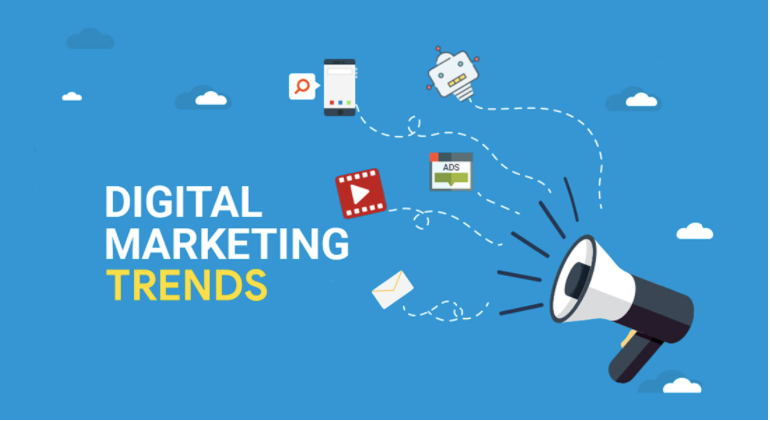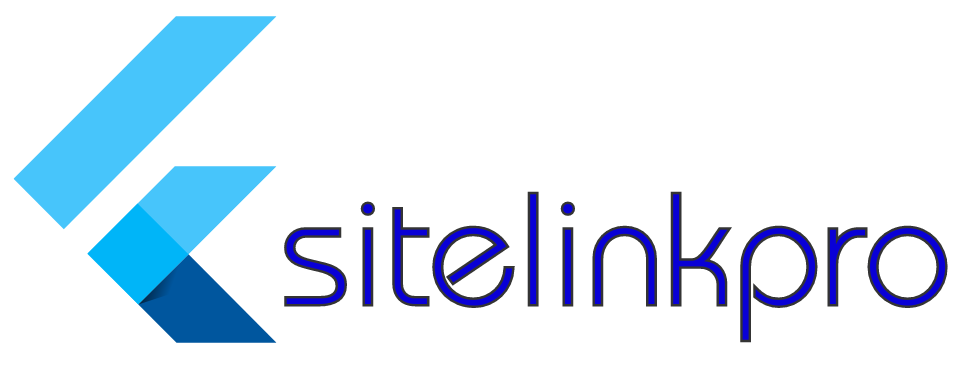
Digital marketing is ever-evolving, and staying ahead of the curve is essential for brands looking to maintain a competitive edge. The upcoming trends in SEO, social media, and pay-per-click (PPC) advertising are driven by technological advancements and changing consumer behaviors. As we step into an era dominated by artificial intelligence (AI), voice search, and Web 3.0, marketers must adapt their strategies to meet the demands of modern audiences. This article will explore the major digital marketing trends you can expect to shape the industry in the near future, focusing on AI-powered optimization, SEO updates, social media trends, and innovations in PPC.
1. AI in Marketing: Revolutionizing Digital Strategies
Artificial intelligence (AI) is no longer a futuristic concept in marketing; it’s already here, transforming how brands engage with their audiences. AI-powered tools are being integrated across digital marketing channels, from content creation to ad targeting. One of the most significant trends in AI for digital marketing is AI-powered optimization.
AI-driven platforms like Google’s AI tools for Google Ads are changing how campaigns are managed. AI algorithms analyze vast amounts of data in real time, allowing marketers to make informed decisions and optimize their campaigns with precision. For example, AI can identify which ads are performing best and automatically adjust bids and budgets to maximize ROI. This trend will continue to grow, with AI becoming more central to PPC campaigns.
In SEO, AI is being used to optimize content for search engines. Google’s AI-based algorithm, BERT (Bidirectional Encoder Representations from Transformers), is a prime example of how search engines are evolving to understand natural language and deliver more accurate results. Marketers can now create content that speaks directly to user intent, thanks to AI tools that analyze search behavior and recommend relevant topics.
Moreover, AI in social media marketing is helping brands personalize content for users. AI algorithms analyze user behavior, preferences, and engagement patterns to recommend personalized content or ads. This trend will be increasingly important as personalization becomes a core expectation from consumers.
2. SEO Updates: The Impact of Voice Search and User Experience
The world of Search Engine Optimization is changing rapidly, driven by the increasing prominence of voice search, mobile-first indexing, and a heightened focus on user experience (UX). Voice search, in particular, is becoming a crucial aspect of SEO strategies. As smart speakers like Amazon’s Alexa and Google Assistant become more common, more users are conducting voice searches instead of typing. By 2024, voice search is expected to make up a significant portion of global searches.
Optimizing for voice search requires marketers to rethink their keyword strategies. Unlike traditional searches, voice queries are conversational and long-tail. Therefore, content should be optimized for natural language and focus on answering specific questions. The rise of AI in marketing plays a critical role here, as AI-powered tools can help marketers predict and implement the right long-tail keywords and phrases.
Mobile-first indexing is another significant SEO trend. Google has fully transitioned to mobile-first indexing, meaning it primarily uses the mobile version of a site’s content for ranking and indexing. This shift emphasizes the importance of having a mobile-friendly website with fast load times and a smooth user experience. In 2024 and beyond, we can expect SEO updates that prioritize websites optimized for mobile devices and seamless user experiences.
Additionally, Google’s Core Web Vitals have become an essential factor in SEO. These metrics measure page performance based on user experience, focusing on loading speed, interactivity, and visual stability. Websites that fail to meet these benchmarks will struggle to rank in search engine results pages (SERPs). Marketers must focus on improving UX to enhance their SEO performance moving forward.
3. Social Media Trends: The Rise of Short-Form Video and Social Commerce
Social media platforms are continuously evolving, with new trends emerging that reshape how brands engage with users. One of the most significant digital marketing trends in social media is the rise of short-form video content. Platforms like TikTok, Instagram Reels, and YouTube Shorts have taken the world by storm, with millions of users consuming bite-sized, engaging videos daily. As consumers increasingly prefer short-form content, brands need to adapt by creating engaging, entertaining, and informative videos that resonate with their target audiences.
Another emerging trend is social commerce, where social media platforms become direct sales channels. Instagram and Facebook have already introduced in-app shopping features, allowing users to purchase products without leaving the platform. TikTok has also embraced social commerce with its partnership with Shopify, making it easier for brands to sell directly to consumers within the app. This trend is expected to grow in 2024, as more platforms integrate e-commerce features, blurring the lines between social engagement and shopping.
Influencer marketing is also evolving. Micro-influencers and nano-influencers, with smaller but highly engaged audiences, are gaining traction. Brands are recognizing the value of these influencers, as their followers tend to trust their recommendations more than those of mega-influencers. Leveraging micro and nano-influencers can help brands tap into niche markets and foster genuine connections with consumers.
4. PPC Trends: Automation, Personalization, and Google Ads Innovations
PPC advertising is undergoing a major transformation, largely due to advances in automation and AI. One of the key digital marketing trends in pay per click is the increasing use of automated bidding strategies. Platforms like Google Ads are offering more automated solutions to help advertisers optimize their campaigns. With automated bidding, AI algorithms determine the optimal bid for each auction, ensuring that ads are shown to the right users at the right time.
Personalization is also playing a big role in pay per click advertising. Advertisers can now create hyper-targeted campaigns based on user behavior, demographics, and preferences. Dynamic search ads, which automatically generate ad copy based on a user’s search query, are becoming increasingly popular. This allows for more personalized ads that align with what users are actively searching for, resulting in higher conversion rates.
Google Ads continues to innovate, introducing new features that give advertisers more control and flexibility. One notable update is the integration of Performance Max campaigns, which use AI to optimize ads across multiple Google networks, including Search, Display, YouTube, and Gmail. This feature helps advertisers maximize their campaign performance by automatically adjusting placements and bids based on real-time data.
5. Web 3.0: Decentralization and Blockchain in Digital Marketing
Web 3.0 is the next phase of the internet, focusing on decentralization and blockchain technology. While still in its early stages, Web 3.0 is expected to impact digital marketing significantly. With decentralized platforms, marketers can engage with consumers in new ways, offering greater transparency and security.
Blockchain technology could transform how ads are bought and sold, making ad transactions more transparent and reducing fraud. Additionally, Web 3.0 could give consumers more control over their data, leading to a shift in how brands approach personalization and data collection.
As digital marketing continues to evolve, brands must adapt to the latest trends in SEO, social media, and PPC. AI-powered optimization, voice search, short-form video content, and Web 3.0 are just a few of the trends that will shape the industry in the coming years. By staying ahead of these trends and leveraging new technologies, marketers can build more effective, data-driven strategies that resonate with modern consumers.


